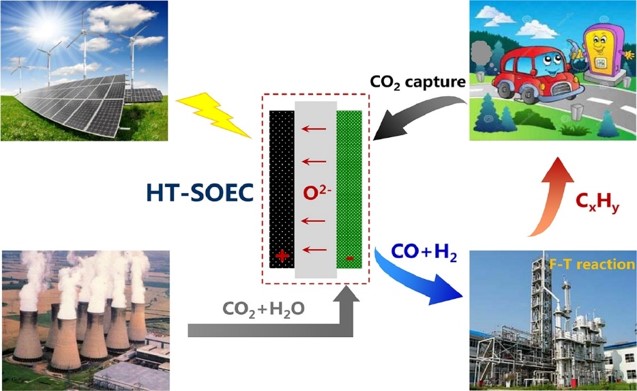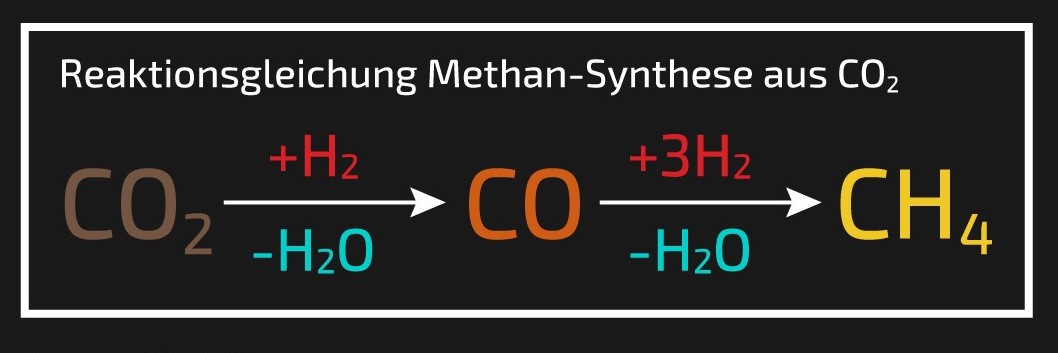- Share
- Share on Facebook
- Share on X
- Share on LinkedIn
Objectives
- Overcome scientific and technological bottlenecks in the scale-up of the most mature technologies for CO2 utilization to produce demonstration prototypes.
- Establish a comprehensive view of the different public policies favoring CO2 mitigation and the articulation thereof.
Task 3.1 Microalgae as biofuel suppliers
Using formic acid and solar energy, microalgae strains can capture atmospheric CO2 and accumulate it in the form of energy-rich molecules, especially lipids, direct biofuel precursors, with a promising yield. We will investigate the scale-up of these photosynthetic cell factories from fundamental considerations (influence of the growth medium concentration on the development behavior of microalgae) as well as engineering considerations, such as energy saving (distribution of the solar energy between photosynthesis and utilities for the production) and (continuous) extraction of products of interest. Reports from previous attempts to develop microalgae-based technologies will also contribute to tasks 1.3 and 3.3 as first-hand examples.
Task 3.2: (Co-)electrolysis of CO2
Several technologies for water electrolysis into hydrogen and oxygen, using low-carbon electricity, are at an advanced stage of development, with the high-temperature solid oxide electrolyzer cell (HT SOEC) technology being at the prototype demonstration level. We will investigate the transposition of the above technologies to the electrolysis of CO2, or its co-electrolysis (H2O/CO2 stream), for the production of carbon monoxyde (CO) or syngas. This will require several adjustments, facilitated by the cells' modular structure. Especially, structure-activity relationship data will be gathered to fine-tune the cathode to avoid coke formation.

Task 3.3. Downstream transformations of water electrolysis
Hydrogen issued from water (photo)- electrolysis can react with CO2 or CO to give methane or methanol or could help produce urea in the presence of nitrogen. (Bio)reactors designed to accommodate such (bio)catalyzed reactions will be developed.

Task 3.4. Industrial strategy and public policy
Economic sociology could examine the institutional and political conditions of public support for the large-scale development of these technologies. Different kinds of policy overlap: targeted economic support for research and development of CO2 capture technologies, support for renewable energy, and general environmental policy for CO2 emission mitigation as European ETS. This task will investigate the articulation of the different public policies and question the strategy of industrial actors investing in these technologies or integrating them into their carbon-emitting facilities. The aim is to understand how industrial actors integrate political, regulatory, and economic uncertainties into their strategy and try to reduce them by contributing to the definition of public policies. It could be relevant to investigate how carbon accounting should be implemented by industrial firms and to investigate the link between technologies and the energy mix.
- Share
- Share on Facebook
- Share on X
- Share on LinkedIn